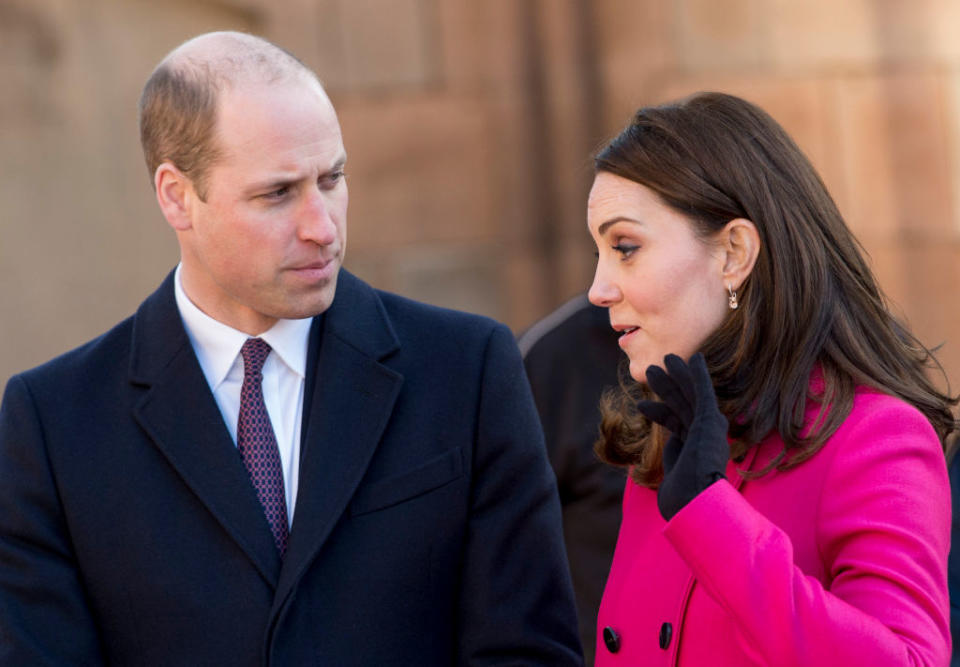Prince William debuts short hairdo - but how can men prevent premature hair loss?

This morning, the Duke of Cambridge debuted a more clean-shaven hairstyle, as he visited Evelina London Children’s Hospital in London.
During the royal engagement, Prince William met ex-servicemen and women in support of the Step Into Health initiative which strives to help veterans return to work.
The innovative scheme is designed to help fill various vacancies available throughout the NHS with wages varying from £15,000 to £100,000 a year.

But it was the royal’s buzzcut which garnered the most media attention, as the 35-year-old debuted a more shaven look while performing his duties.
Prince William is certainly not one to shy away from the topic of losing his hair and is no stranger to cracking a bald joke or two.
Back in September last year, the royal visited Spitalfields Crypt Trust which just so happens to sit adjacent to a barber shop. And after meeting one of the hairstylists, he joked: “I can’t give you much business!”
But what can be done for men across the UK suffering from premature hair loss?
What causes hair loss?
According to recent statistics, 40 percent of men are likely to have experienced hair loss by the age of 35 and for many, it’s simply a result of hereditary genes.
According to consultant trichologist Sally-Ann Tarver, the majority of men’s hair loss is caused by hormones and genetics. Androgenic alopecia (AKA male-pattern baldness) is down to dominant gene inheritance and can be passed on from either the mother or father’s side.
For instance, if you are dealt a single gene at birth then you will begin to experience hair thinning in your early thirties but a double gene may mean that the process of balding accelerates and is likely to begin in your twenties.
But everything from a poor diet to work-related stress can also contribute to premature hair loss.

How can hair loss be treated?
According to Tarver, despite a wide range of treatments on the market not all can prove beneficial. Hair loss shampoo for instance may contain ingredients believed to be helpful in combatting premature baldness but ‘the contact time of shampoo is so short, any beneficial ingredients are rinsed away before they have had time to penetrate the hair follicle’.
While natural supplements ‘will only help slow or stop hair loss if a deficiency of a particular nutrient exists’, Tarver advises. For example, low zinc or a lack of vitamin D may be responsible for premature balding.
Instead, Tarver recommends looking to medications such as Finasteride (a course of tablets which reportedly leave 80 percent of men happy with their newfound hair growth) or hair restoration surgery for those who experience severe balding.
Follow us on Instagram, Facebook, and Twitter for nonstop inspiration delivered fresh to your feed, every day.
Read more from Yahoo Style UK:
You’re most likely to suffer hair loss during these two seasons
Hair loss: Why it happens and what you can do about it
Has a ‘cure’ for baldness been discovered and if so, what does this mean for men across the UK?


